8-8. Volcano Research Center
Our Research Center is promoting a wide range of scientific research, with
a view to elucidating the elementary processes and
fundamental principles of various phenomena going on in and beneath
volcanoes, and thereby forming a basis for the prediction of
volcanic eruptions. Our research subjects include the formation processes
of volcanoes, eruption generation mechanisms, motion of
magma, and physico-chemical phenomena related to magma migration and
accumulation, while our approaches range from
measurements and surveys, through theoretical and numerical simulations,
to fluid experiments.
Volcano observatories at Asama, Kirishima and Izu-Oshima are permanent
facilities attached to our Research Center, while we
dispose of permanent measurement networks at Fuji, Kusatsu-Shirane
and Miyakejima. At these volcanoes, data on seismic motion (at
all volcanoes), ground deformation (at Asama, Kirishima, Izu-Oshima,
Fuji and Miyakejima) and electromagnetism (at Kirishima,
Izu-Oshima and Miyakejima) are registered on a permanent basis. In
addition to permanent measurements, we carry out special
sessions of seismic, ground deformation, gravity, geomagnetic and geothermal
measurements and volcanic ejecta surveys, according to
our research subjects and the level of volcanic activity. For the recent
eruptions of Usu and Miyakejima volcanoes in 2000, see 7-2
Eruption of Usu volcano, and 7-3 Eruption of Miyakejima volcano. We
are also promoting joint observational research including volcanic
structure explorations and intensive observations at selected volcanoes,
which are defined as key subjects for basic research in the
National Program for the Prediction of Volcanic Eruptions. Data from
these observations are providing basic data for volcanological
research in and out of the Earthquake Research Institute (ERI), and
they are also made full use of in the evaluation of individual
volcanoes by the Coordinating Committee for the Prediction of Volcanic
Eruptions (CCPVE) and other organs.
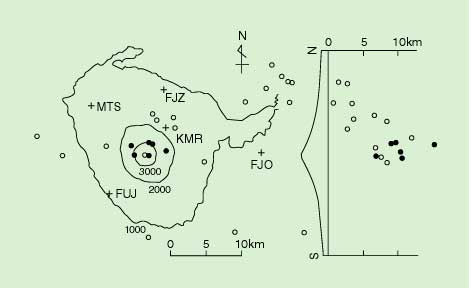
Fig.1. Permanent stations and hypocenter distribution at Fuji volcano.
Solid circles show hypocenters of
low-frequency earthquakes.
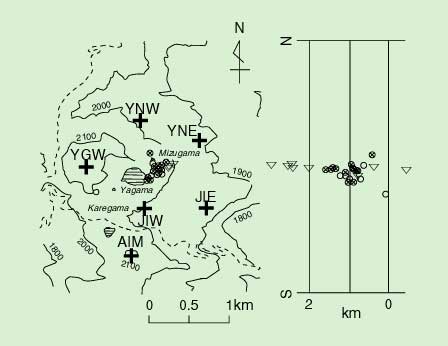
Fig.2. Permanent stations and hypocenter distribution at Kusatsu-Shirane
volcano. Open circles represent
hypocenters for earthquakes while others for volcanic tremor.
To achieve further progress on several problems in the basic research
on the volcanic activity and eruption prediction, we have
drilled an 1km-deep observation well within the caldera of Izu-Oshima
volcano (see, 5-2 Researches to Predict Volcano Eruptions), and
have been promoting the international scientific drilling project at
Unzen volcano.
We also operate, with a view to exchanging opinions and information
on eruptions home and abroad, an electronic mailing list "funka''
consisting of volcanologists all over the nation, and we publish a
prompt report "Current Volcanic Eruptions in Japan'' in English in our
official homepage. This Web site is providing valuable information
on Japan's volcanic eruptions for the worldwide eruption database
"Global Volcanism Network'' operated by the U.S. National Museum of
Natural History, Smithsonian Institution.
Progress was also made in the theoretical study on the mechanisms
governing magma generation and ascent as well as volcanic
eruptions. We proposed a model of magma plumbing mechanism, comprising
an elastically responding magma chamber and a vent
opening and closing with viscosity, to account for ground deformation
data obtained during periodic recurrence of eruptions (Fig.3). A
basic theoretical framework was also formed on the influence which
relative motion of magma within rock may have on its own
chemical composition (Fig.4).
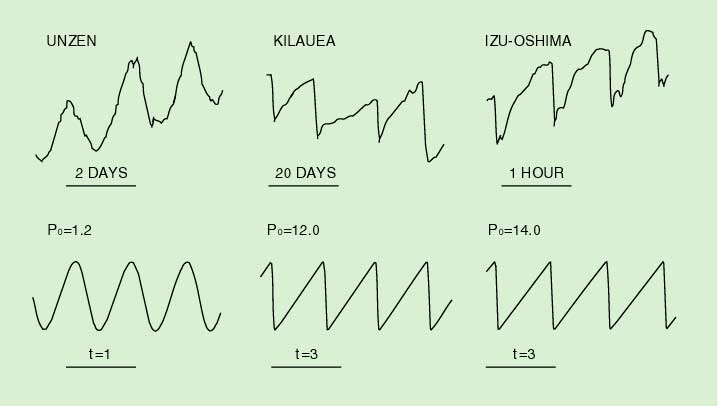
Fig.3. Observed (above) and theoretical (below) deformations associated
with cyclic magma effusions.
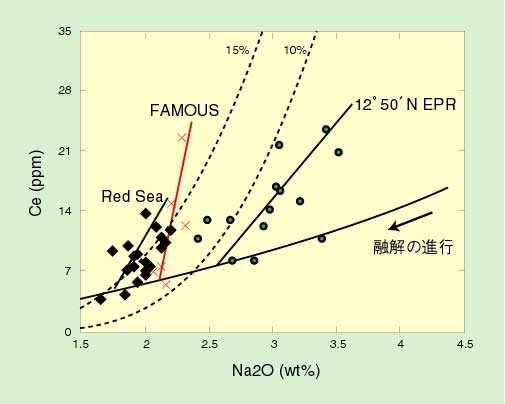
Fig.4. Chemical composition change of the mid-ocean ridge basalt
compared with the theoretical result due to
magma migration.
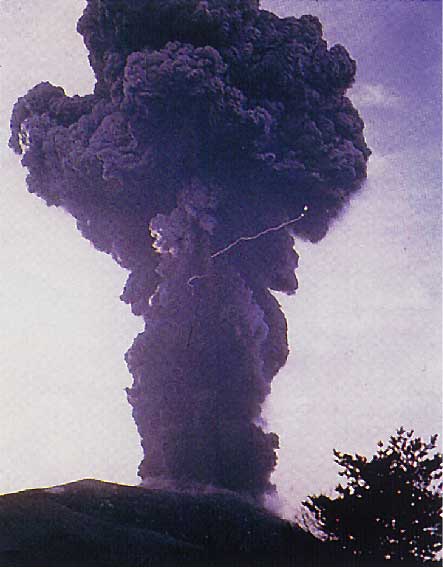
Fig.5. The 1973 eruption of Asama volcano.
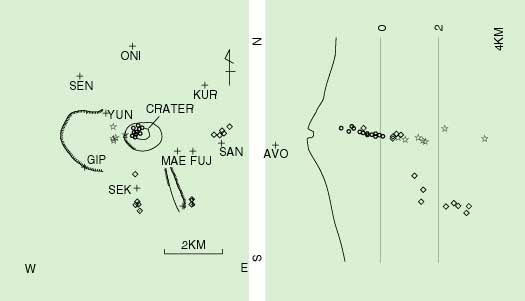
Fig.6. Permanent stations and typical hypocenter distribution at
Asama volcano.
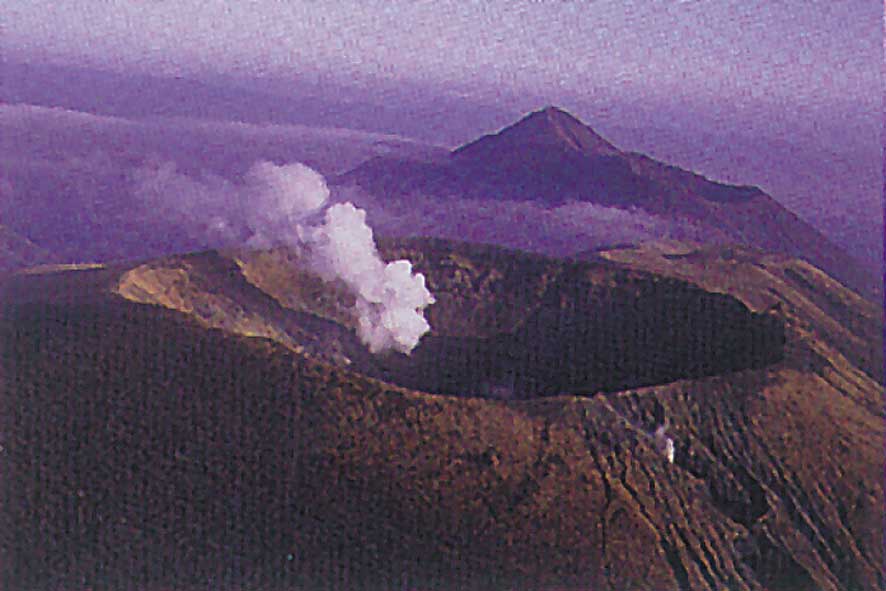
Fig.7. A small eruption in 1991 at Shinmoe-dake, Kirishima volcano.
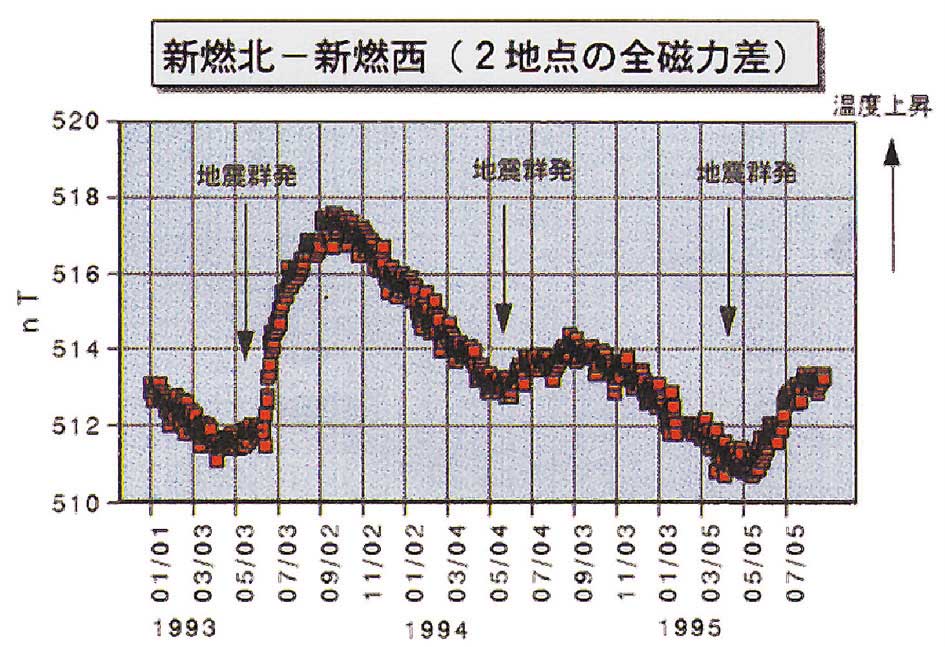
Fig.8. Geomagnetic changes at Shinmoe-dake, Kirishima volcano, showing
underground temperature elevation.
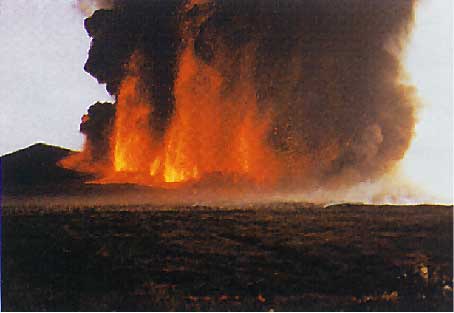
Fig.9. Fissure eruption on November 21, 1986 at Izu-Oshima volcano.
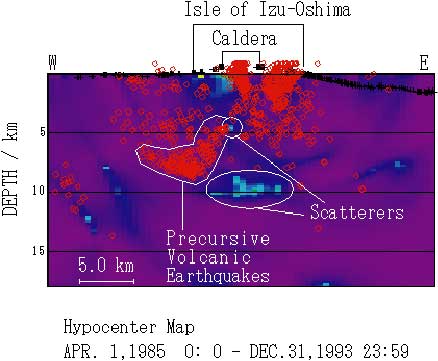
Fig.10. Distribution of seismic-wave scattering intensity in the
east-west cross-section across the central
caldera area of Izu-Oshima volcano.
Top Next









